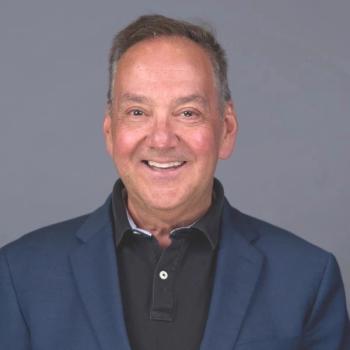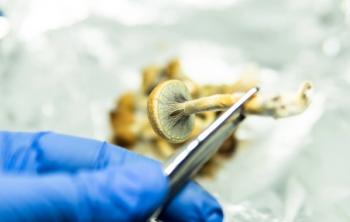
Beyond the Usual Psychedelic Suspects: What Psychiatrists Need to Know
What should you know about the lesser known psychedelics? Clinical insights from Jacob Perlson, MD, MPH, at the APA Annual Meeting.
CONFERENCE REPORTER
With more than 5 million people in the US expected to use
In an interview with Psychiatric Times ahead of the meeting, Perlson discussed the goals of the session, A Primer for Psychiatrists on Lesser Known Psychedelics: Ibogaine 5-Meo-DMT 2C-B and Beyond. “We want psychiatrists to have a framework for thinking about this use and to have an ethical, rigorous way of engaging patients that has kind of a North Star being safety,” he told Psychiatric Times.
Along with co-presenters Jeffrey Zabinski, MD,Giancarlo Glick, MD,and David Hellerstein, MD, Perlson aims to demystify the substances and outline how clinicians can “scaffold different substances pharmacologically, phenomenologically,” and approach patient disclosures with empathy and clinical judgment.
As part of such, Perlson urges clinicians to keep an open and consider harm-reduction tips when patients say, “I’m interested in trying this,” or “I’ve done this, I’m thinking about doing this again.”
Although he encouraged a nonjudgmental stance and an openness to understanding patient motivations, he reminded clinicians that ultimately they are the experts. “Psychiatrists would be [wise] to remember that you are a psychiatrist first and that you don’t need to throw out the evidence base,” Perlson said.
Because it is the only current legal option, Perlson is most familiar with ketamine in clinical settings, and he has been impressed with what he has seen for some individuals. “I’ve seen really dramatic turnarounds for some patients,” he told Psychiatric Times, although he added the evidence base is mixed and outcomes vary. Indeed, Perlson said it may not be the magical solution that it originally was considered to be.
“It's revealing that it might not be the magic bullet that some people talk about it as, and that after a couple of weeks, it doesn't fully and sustainably separate out from placebo,” Perlson explained. “But even so, that doesn't describe the trajectory that every patient will have. And I've had some patients who've had really remarkable recoveries and really have gotten unstuck from a couple of ketamine sessions.”
Developed as a practical guide for clinicians, the presentation will include a historical and taxonomic overview of psychedelics; mini-didactic sessions on ibogaine, 5-MeO-DMT, and 2C-B; as well as a discussion in harm-reduction strategies. The speakers will elucidate the agents’ clinical profiles—such as classic versus non-classic—and their chemical families, including tryptamines, phenethylamines, and lysergamides. Person et al will present relevant pharmacokinetic and pharmacodynamic data, along with known safety considerations.
“By offering this comprehensive overview, we aim to equip psychiatrists with the knowledge necessary to navigate emerging peer-reviewed literature, inform future research and policy decisions, and provide practical counseling to patients,” the presenters wrote.2 “As interest in psychedelic-assisted therapy expands, there is an imperative need for mental health professionals to critically appraise emerging research and provide informed guidance on harm reduction for patients exploring these substances, whether therapeutically or recreationally.”
“I’m excited to see how our talk is received at the meeting this year,” said Perlson, who is graduating residency this year. “We're very proud of the literature that we pulled together, the ideas that we're stringing together for participants, and we're excited to see how they're received.”
For continued coverage of the 2025 American Psychiatric Association Annual Meeting, subscribe to our
References
1. Livne O, Shmulewitz D, Walsh C, Hasin DS.
2. Perlson JE, Zabinski J, Glick G, Hellerstein D. Primer for Psychiatrists on Lesser Known Psychedelics: Ibogaine 5-Meo-DMT 2C-B and Beyond. Presented at the 2025
Newsletter
Receive trusted psychiatric news, expert analysis, and clinical insights — subscribe today to support your practice and your patients.














